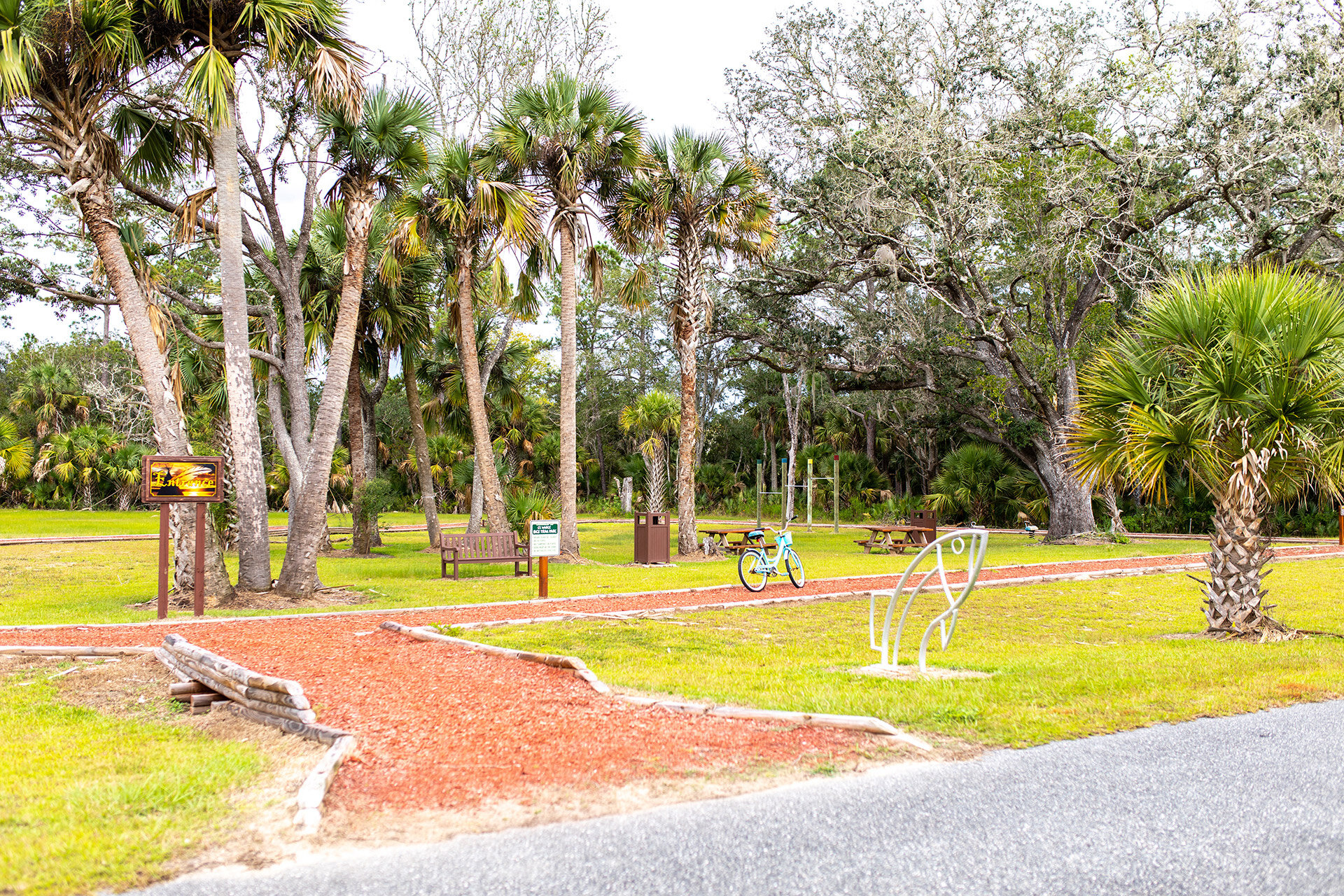
About Sweet Magnolia Inn
The History of the Inn
The original structure housed a General Store. The owner and his wife lived in the back of the house, renting rooms out on the second floor and ran the general store in the front of the building facing the main road that comes into St. Marks. It is not clear what happened to the original builders and owners of the Inn house.
The building is marked as one of the strongest buildings in the whole area and was (and still is) used as a shelter during very strong storms and floods. The walls of the Inn house are made from solid lime rock and cement layered with coquina shells, and the steel in the walls is actually some of the original railroad tracks themselves that went from St. Marks to Tallahassee, now known as the "Historic St. Marks Railroad Bike Trail".
Then a World War came along with PT boats and sailors, and the building became a brothel where sailors were brought every weekend. The PT boats would be located at Port Leon up the St. Marks River where Pt 109 was said to have visited and docked for a while (site is still there).
When the war ended and the brothel was run out of town, the building was used as a church, a City Hall, and, it is rumored that the building was used to unload bottles of whiskey back in the prohibition days. Eventually, it became a hotel called "The Shangra-La" (hence the name of Room 5), housing another brothel upstairs and a pool hall/bar downstairs. It is said that at times there was violence at this hotel and it eventually burnt out in the early 80's leaving only the four original walls (see the photo in the dining room above the garden windows).
The building was rehabbed by Ken Campbell starting in late 1994 and opened for business in 1996 as St. Marks only Bed and Breakfast Inn. In the early part of the Inn's time, there was a five star gourmet restaurant downstairs. People would come from miles around and wait in line to partake of the gourmet cuisine served at the Inn. A lot of the trees and vegetation were taken by trucks from the property of Mr. Campbell's father and brought to the Inn for landscaping, since most of the property was bare, swampy and muddy. Mr. Campbell also built the fishpond garden/boardwalk area behind the Inn. The ponds are in the shape of the state of Florida, trailing off downhill as the Florida Keys do in south Florida and are filled with goldfish, koi and carp.
The wood floors in the upstairs hallway and guest rooms were recycled from the Havana School auditorium. In addition, the front porch brick and, the brick in the fishpond garden behind the Inn were also recycled from the Havana School's original walls (the school no longer exists).
The Town of Saint Marks
One of the oldest settlements in North America, the first European to have seen this point was Panfilo de Narvaez in 1528. In 1679 the Spanish started building the first fort in St. Marks, using logs painted with lime to look like stone, but pirates weren't fooled by the camouflage. They looted and burned the fort a few years later. Forts in St. Marks were later occupied by Spanish, British, Spanish again, then (for five weeks) by a force seeking to establish "the Nation of Muskogee," and Spanish yet again, before being taken over for the United States by Andrew Jackson in 1818. The fort passed back into Spanish control one more time before U.S. troops occupied it in 1821. In 1861 it was reoccupied by Confederate troops and named Fort Ward, and became a permanent possession of the United States at the end of the Civil War. Now open to the public as Ft. San Marcos de Apalachee Historical State Park, it features a wonderful museum of exhibits and artifacts, and a well-marked walking trail through the ruins.
Located opposite the Fort is Florida's first designated state trail which follows the abandoned rail bed of the historic Tallahassee-St. Marks Railroad. The trail runs 16 miles south from Florida's capital city, Tallahassee, through the Apalachicola National Forest, ending in St. Marks. Through the early 1900s this historic railroad corridor was used to transport cotton from the plantation belt to the docks at St. Marks for shipment to textile mills in England and New England. Today, as a paved trail, it provides an excellent recreational workout for bicyclists, walkers, and skaters. An adjacent unpaved trail also provides opportunities for horseback riding.
St. Marks celebrates its heritage in October with a Stone Crab Festival and reenactment at the Fort.
